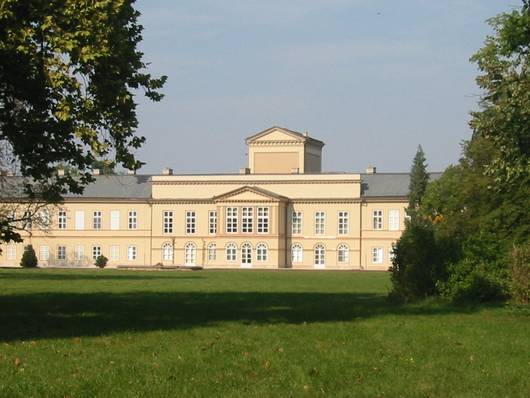Palárikovo, known in hunting literature by its historical name of Tótmegyer (Slovensky Meder), received its current name in 1945 after the Slovak writer Palárik.
The Károlyi family owned the estate from 1730 until 1945. The manor also dates from 1730; however, it has been transformed several times and received its current neoclassical form in 1866 based on the plans of the Hungarian architect Miklós Ybl.
The estate of 15,000 hectares at its apogee was characterized by intensive agriculture, cattle breeding as well as the rearing of thoroughbred horses.
A long-standing tradition of the Károlyi family was game management and the breeding of small game. In 1900 Count Louis Károlyi created a 30,000-hectare hunting area dedicated to small game management. Around 1930 it was estimated that the area had a stock of 80,000 small game. Three annual shoots of 6 days each were held here for pheasant, partridge and hare with an average annual bag of 20,000. The estate was world-famous because the pheasants were wild and not reared. Large numbers of bustards and roe deer could also be found on the estate.
After the Second World War, a marked decline of the game population set in. However, as of 1960 the Slovak State Forestry organization began pheasant rearing resulting in the attainment of a game population of about 20,000 small game. After 1990, however, the population declined again and small game rearing is no longer a viable activity. The manor is the spiritual center of the CIC and hosts expositions of the work of the CIC, its Commissions and working groups.
The idea, which led to the foundation of the CIC was born in this house.


